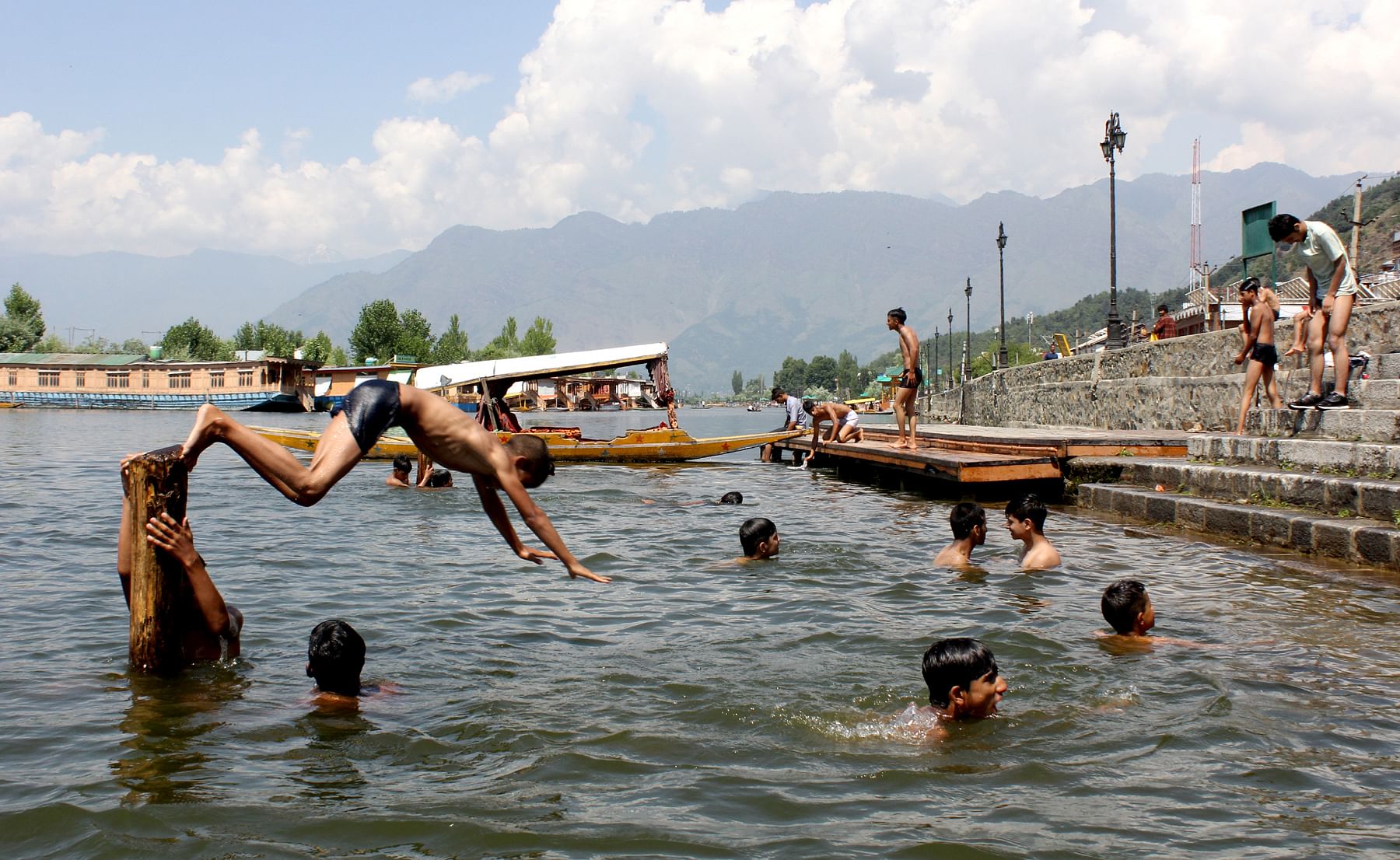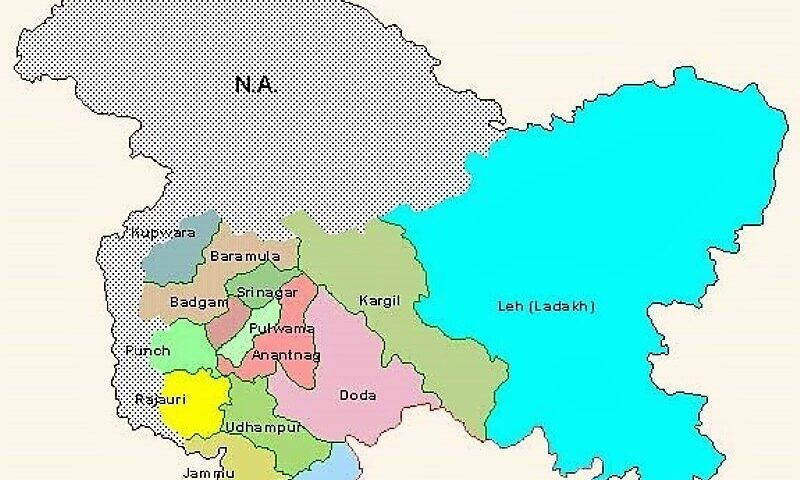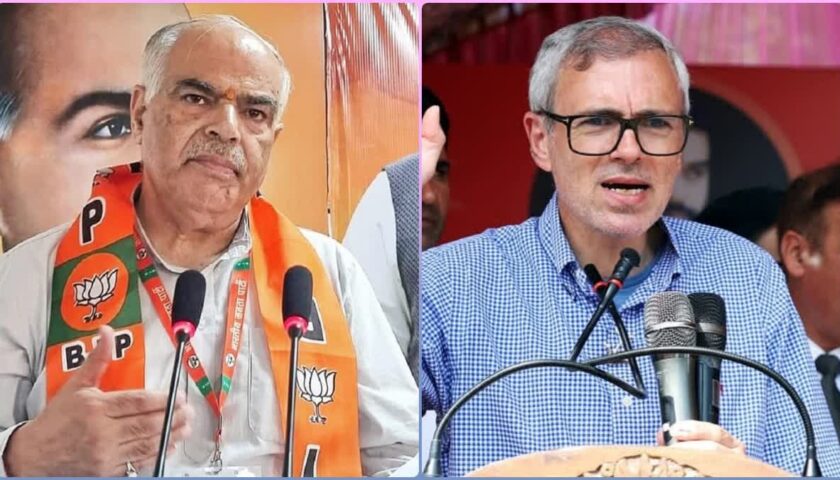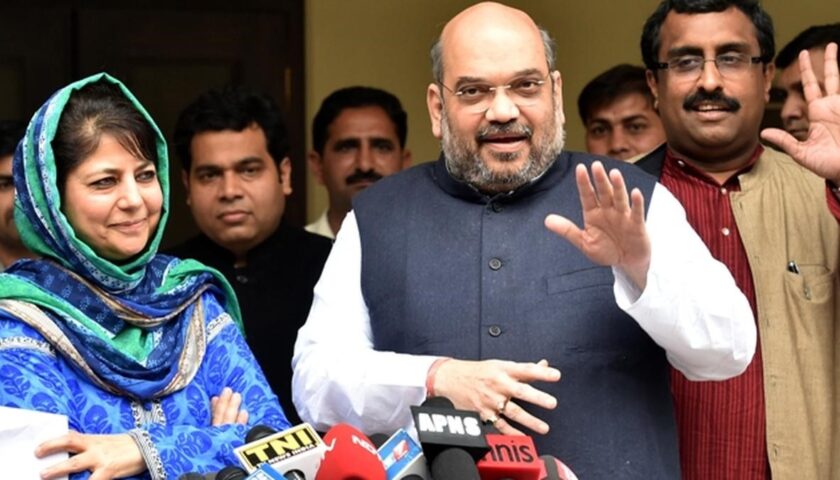Scorching Heatwave Grips Jammu Region – Samba Hits 43.9°C, Srinagar Swelters at 31.9°C
Srinagar 09 June 2025: The Jammu region is currently enduring an extreme heatwave, with temperatures soaring above 40°C for the third consecutive day. The most severe temperatures were recorded in Samba, which registered a scorching 43.9°C — making it the hottest spot in the entire region. Close behind, Jammu city sweltered at 42.7°C, placing immense pressure on infrastructure, health systems, and daily life.
Unusual Heat Across Jammu & Kashmir
While Jammu division is typically warmer, the sheer intensity of the current heatwave has caught many by surprise. Even Srinagar, known for its relatively cool summers, recorded an unusually high temperature of 31.9°C. This marks a significant deviation from average climatic patterns in the Kashmir Valley.
Key Temperature Highlights Across the Region:
- 🔥 Samba: 43.9°C
- 🌡️ Jammu: 42.7°C
- 🌡️ Kathua: 41.2°C
- 🌡️ Ramban: 40.3°C
- 🌡️ Katra: 38.2°C
- 🌡️ Srinagar: 31.9°C
Impact on Public Life
The ongoing heatwave has had widespread repercussions across Jammu and Kashmir. Schools across multiple districts have declared early summer holidays in response to the rising temperatures. With students vulnerable to heatstroke and dehydration, the education department has prioritized their health and well-being.
Meanwhile, the Health Department has issued public advisories urging citizens to:
- Stay indoors during peak afternoon hours
- Increase fluid intake
- Avoid strenuous outdoor activity
- Use protective clothing, hats, and sunscreen
Health Risks & Vulnerable Populations
Doctors have warned of heightened risks of heat exhaustion, dehydration, and heatstroke, especially among children, the elderly, and outdoor workers. Hospitals in Jammu have reported a noticeable rise in cases related to heat stress.
Economic & Agricultural Concerns
The heatwave is also affecting agriculture and power consumption. Farmers have expressed concerns over wilting crops and water shortages, while power demand has surged due to widespread use of fans, air conditioners, and cooling systems.
Officials at the Power Development Department (PDD) have acknowledged the stress on the electricity grid and have promised rotational supply to minimize disruption.
Climate Trends & Expert Insights
Meteorologists attribute this heatwave to a combination of dry northwesterly winds, a lack of pre-monsoon rainfall, and high-pressure systems dominating North India. Experts also point to climate change as a factor exacerbating weather extremes across the subcontinent.
Dr. Arif Hussain, a senior climatologist based in Srinagar, stated: “Kashmir’s climate is changing. The fact that Srinagar touched 31.9°C this early in June is unprecedented and should be taken seriously. We must begin planning climate-resilient infrastructure and policies.”
When Will Relief Arrive?
The Indian Meteorological Department (IMD) has forecast some relief in the coming days. A western disturbance is likely to bring light showers and wind activity across Jammu and Kashmir by mid-June, potentially cooling down daytime temperatures. Additionally, the IMD expects an early onset of the monsoon, which may help curb the current heatwave conditions.
Precautionary Measures Advised by IMD & Authorities:
- Avoid direct exposure to sunlight between 12 PM – 4 PM
- Keep drinking water handy at all times
- Wear loose, light-colored cotton clothing
- Check on elderly family members and neighbors
Bottom-Line: Resilience Amid Rising Temperatures
The ongoing heatwave in Jammu and Kashmir highlights the growing impact of extreme weather on the region. As Samba breaks temperature records and Srinagar experiences summer-like conditions unusual for its geography, both the administration and the public must adapt swiftly.
With early monsoon predictions offering a glimmer of relief, experts urge immediate and long-term mitigation efforts — from urban planning to water conservation — to counter the effects of rising temperatures across the Himalayas.




